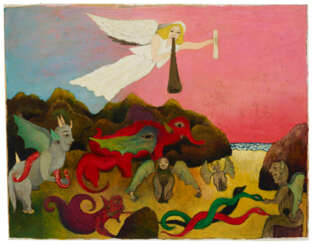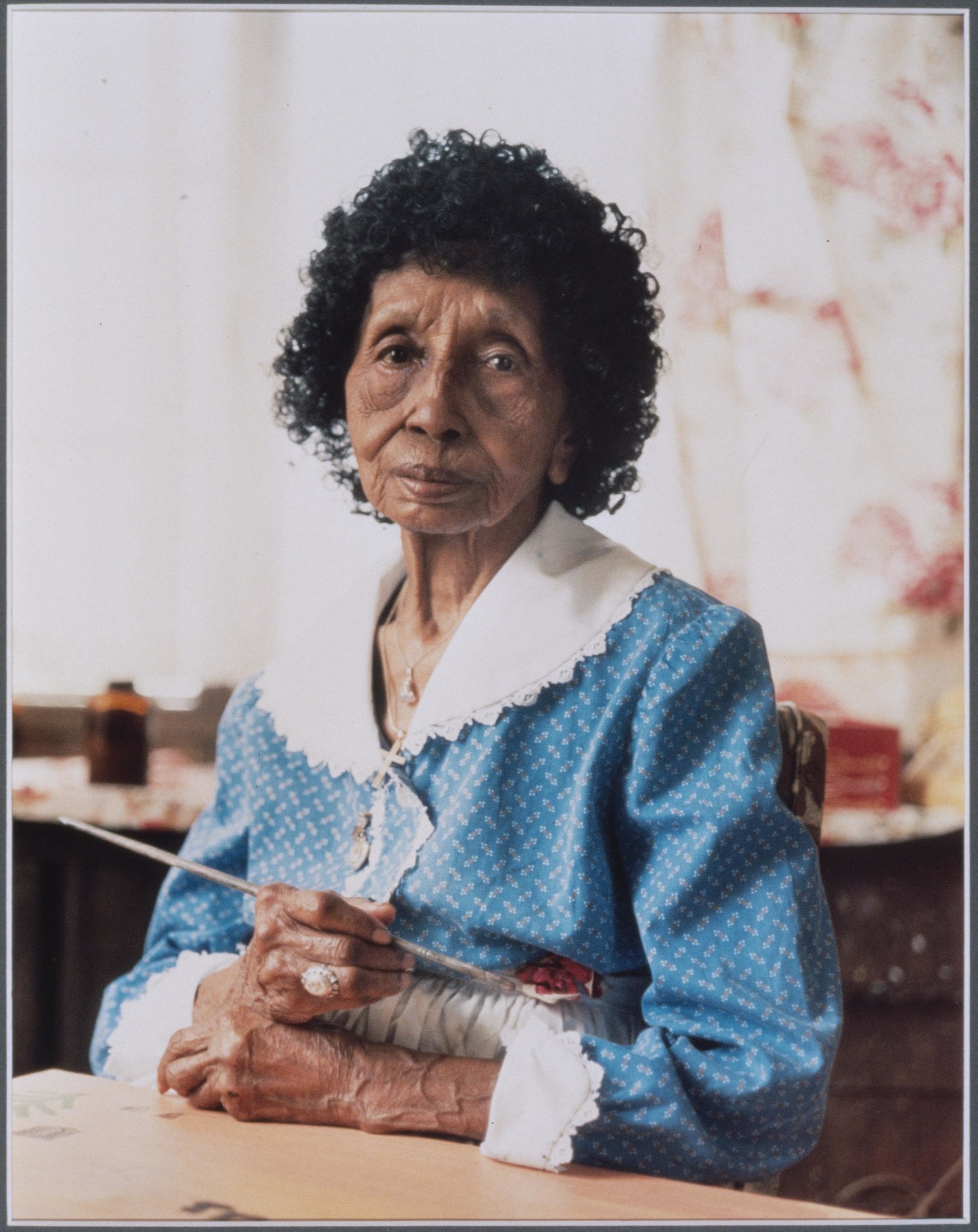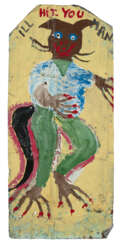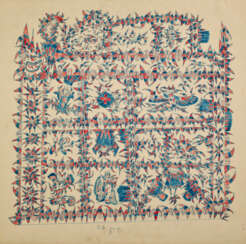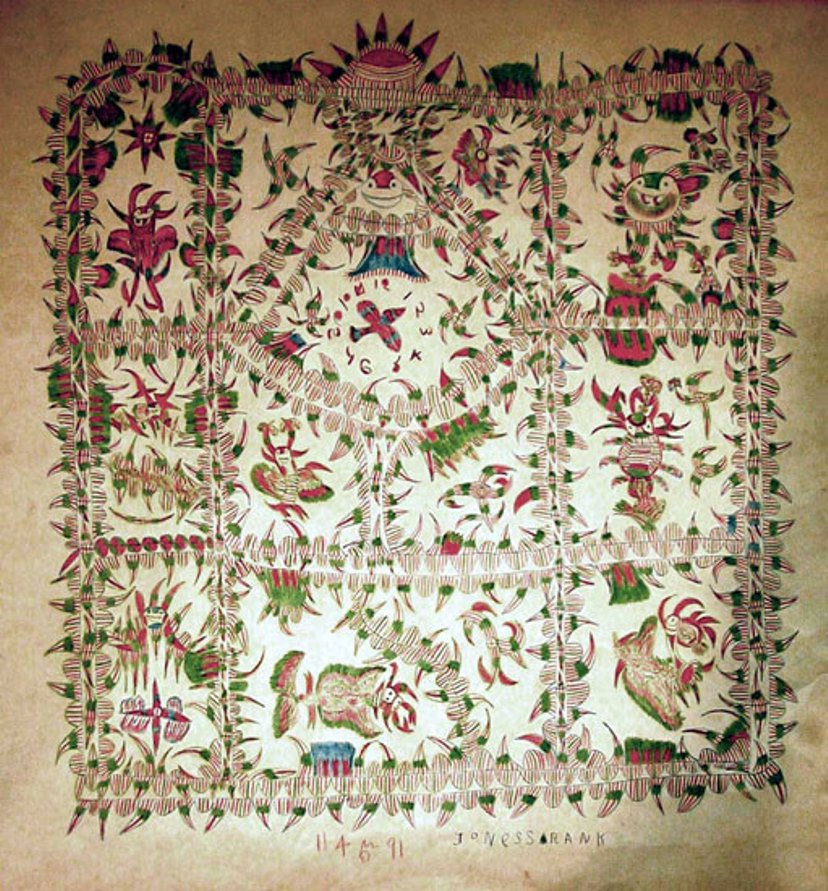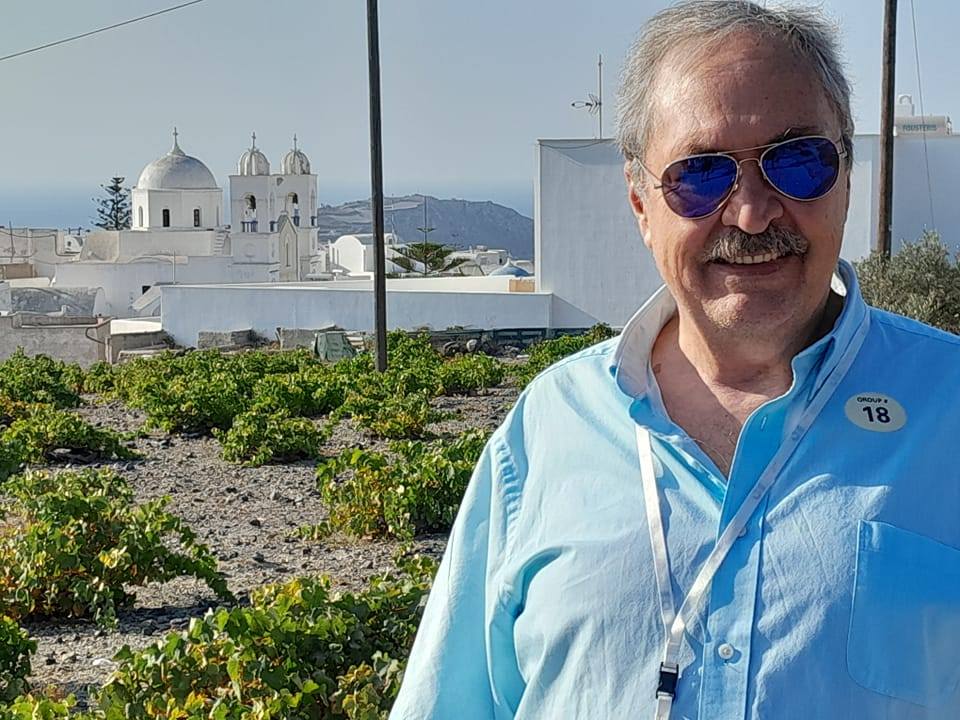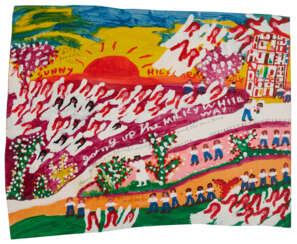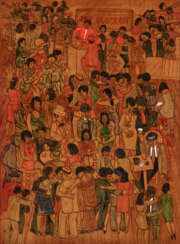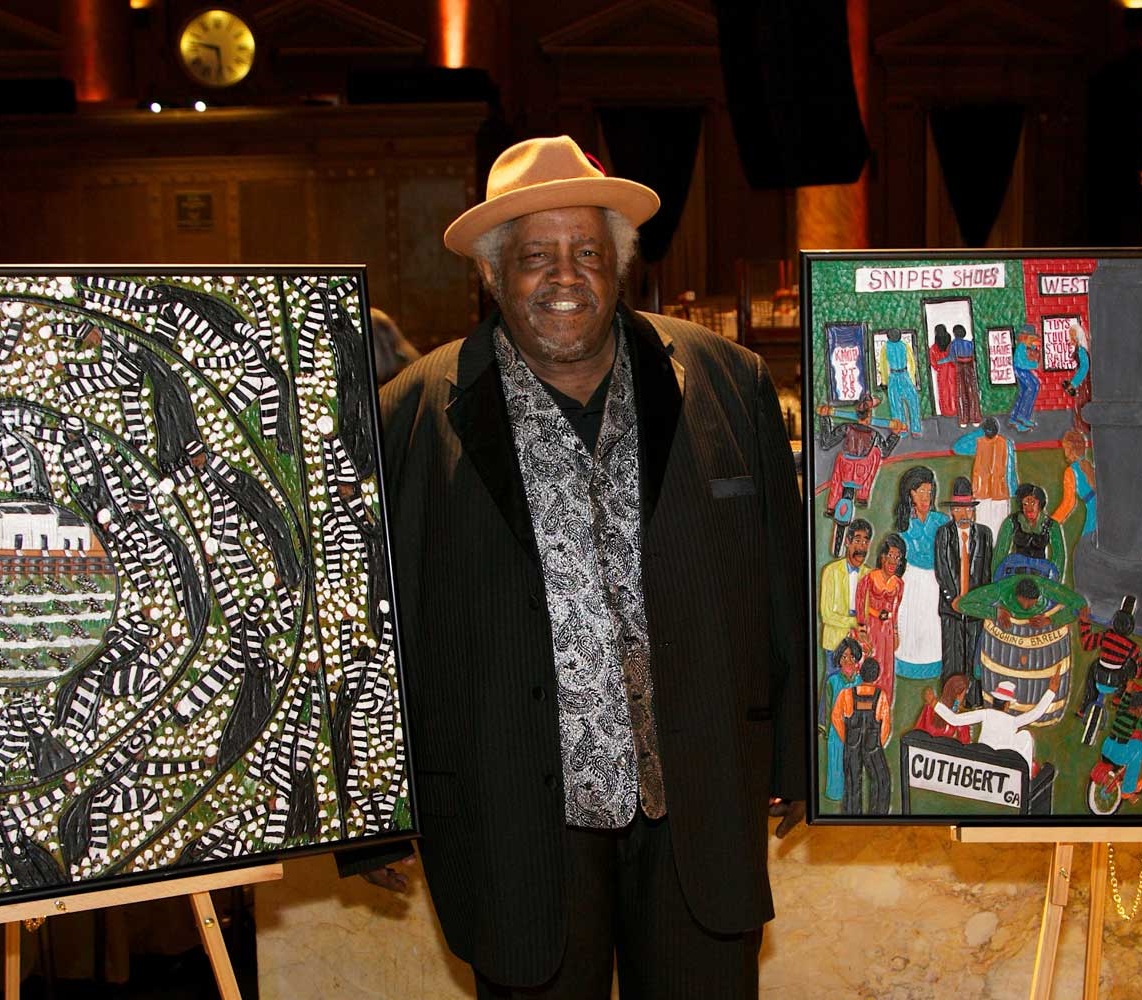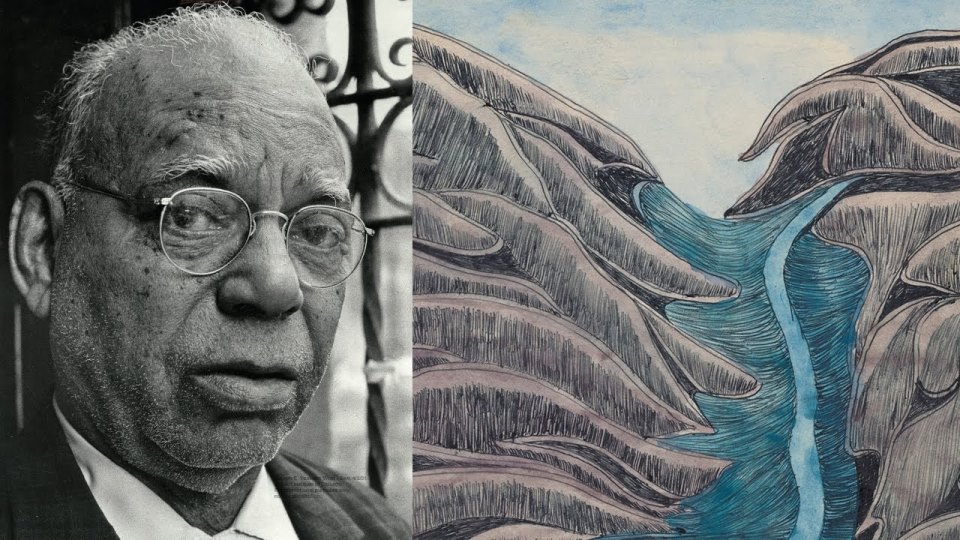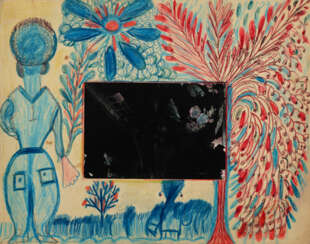
Outsider and Vernacular Art
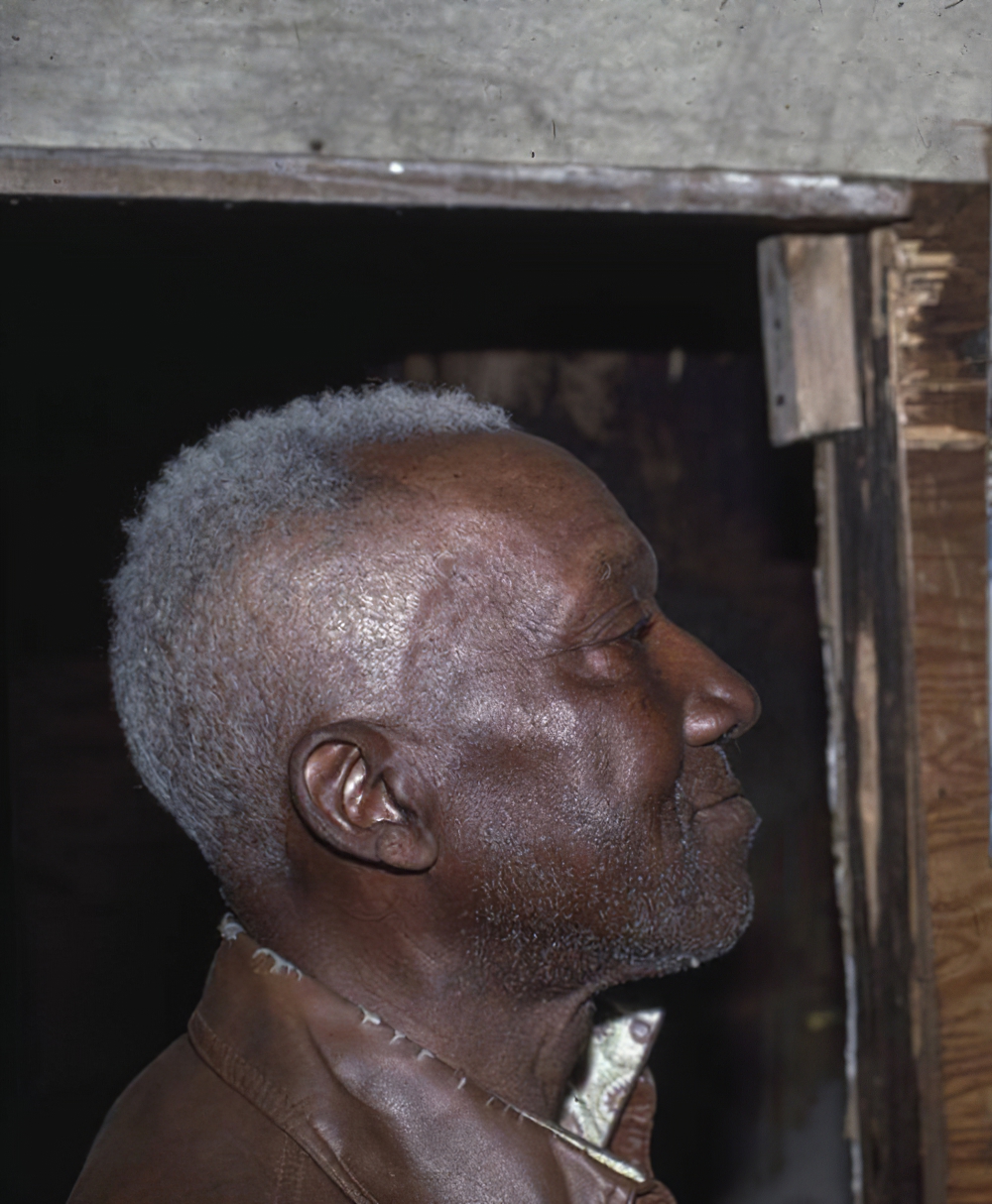
John Bunion (J. B.) Murray was an abstract expressionist painter from Glascock County, GA. His work has been shown among folk art exhibitions and is included at the American Folk Art Museum and the Smithsonian American Art Museum, and has been featured in many museum exhibitions, including "Self-Taught Genius" at AFAM and "When the Stars Begin to Fall" at the Studio Museum. His work is best known for its codified use of colors and improvised script, called "spirit script," which could only be translated by the artist.
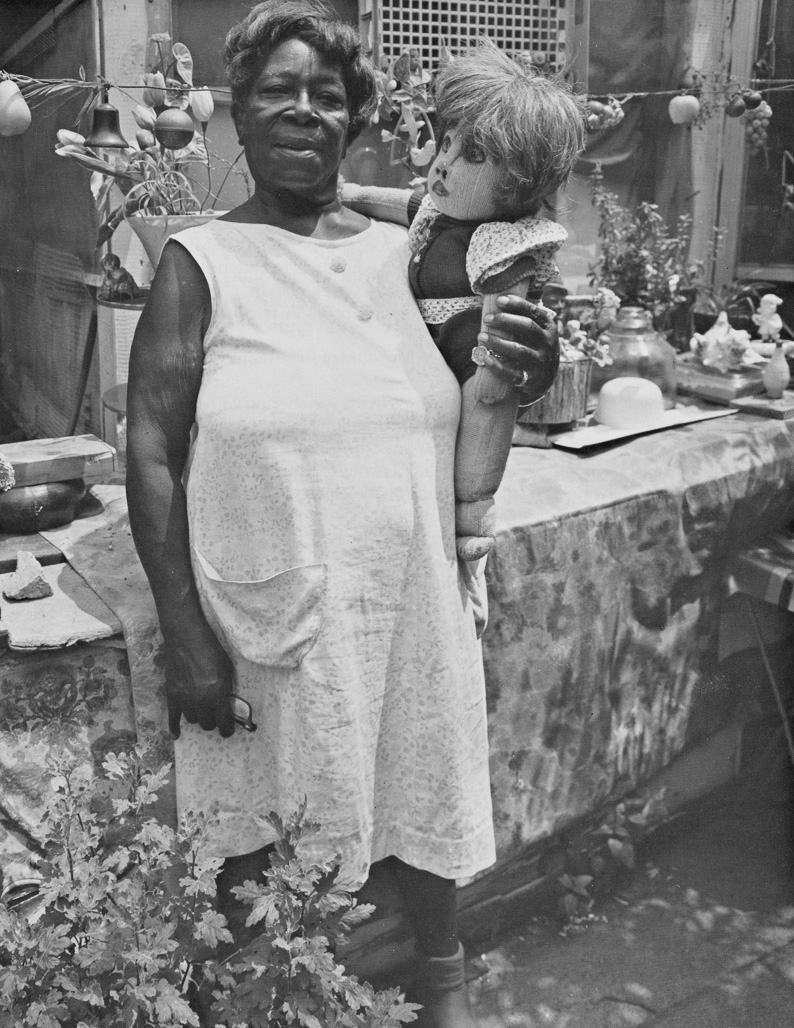
Nellie Mae Rowe was an African-American artist from Fayette County, Georgia. Although she is best known today for her colorful works on paper, Rowe worked across mediums, creating drawings, collages, altered photographs, hand-sewn dolls, home installations and sculptural environments. She was said to have an "instinctive understanding of the relation between color and form." Her work focuses on race, gender, domesticity, African-American folklore, and spiritual traditions.
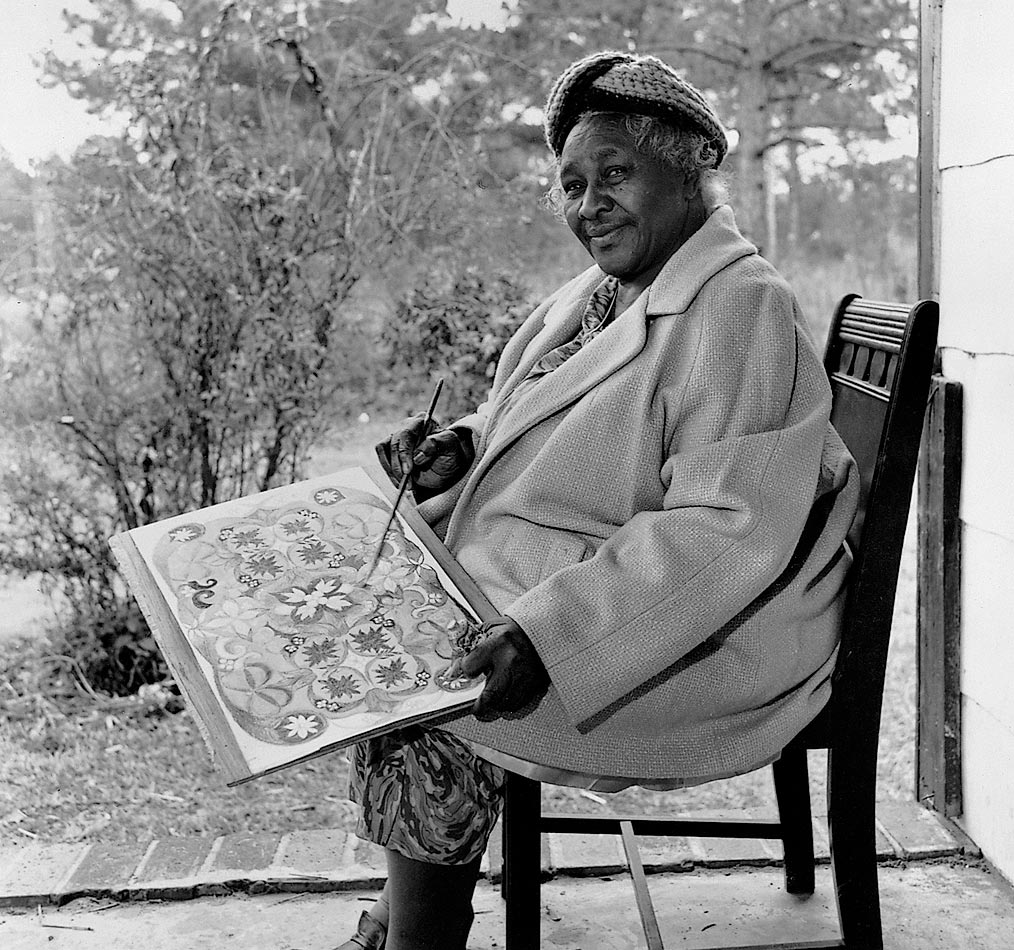
Minnie Eva Evans was an African American artist who worked in the United States from the 1940s to the 1980s. Evans used different types of media in her work such as oils and graphite, but started with using wax and crayon. She was inspired to start drawing due to visions and dreams that she had all throughout her life, starting when she was a young girl. She is known as a southern folk artist and outsider artist as well as a surrealist and visionary artist.
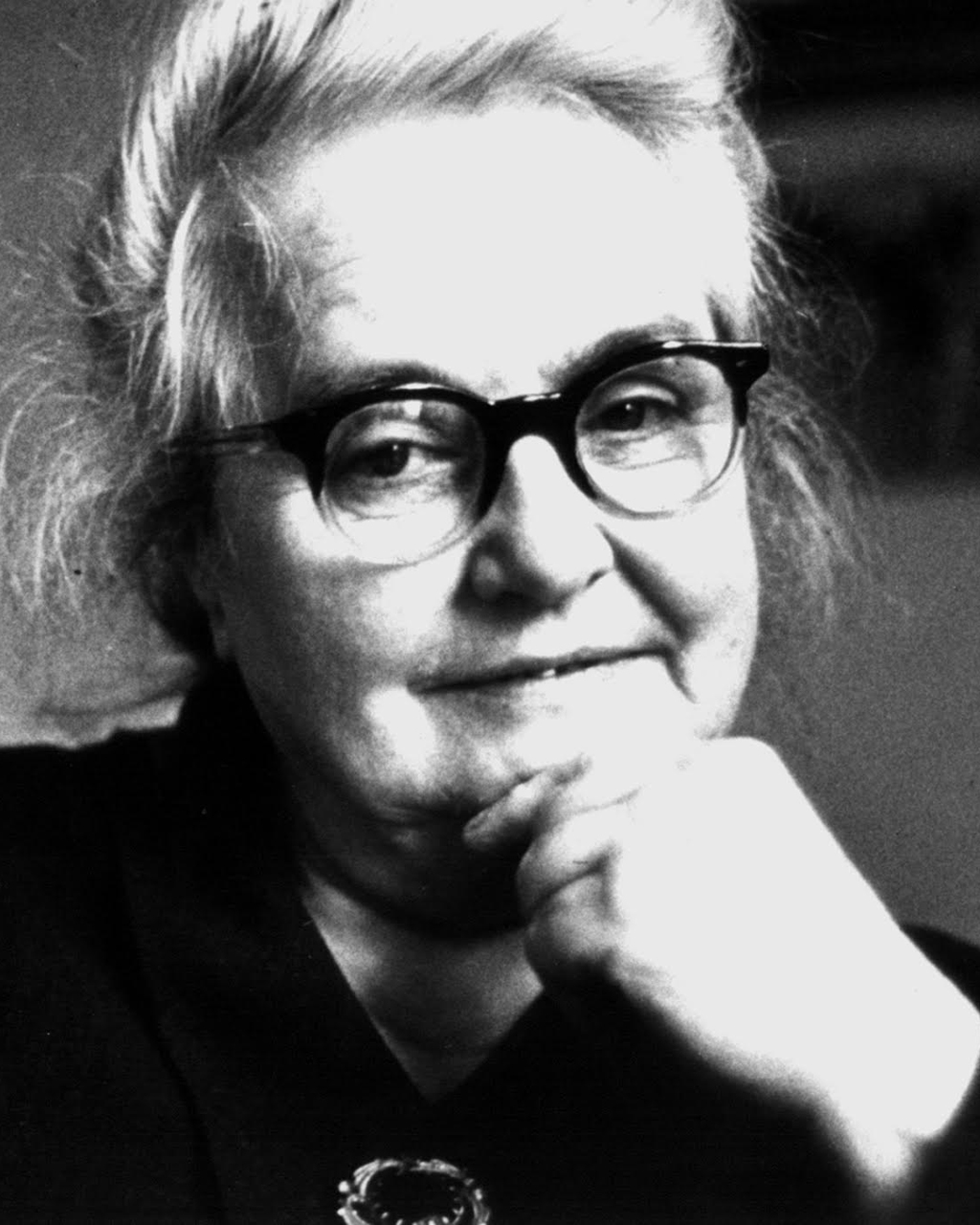
Anna Zemánková was a Czech painter. She was one of the world's most important artists of art brut. However, her high artistic culture, the diversity of her work, and her clear inner vision make her a departure from the original definition of art brut, and she figures in this category as a solitaire. Eighteen of Zemánková’s works were included in the seminal 2013 Venice Biennale. Her works were exhibited in New York, Paris, and on solo exhibitions in Lausanne and Prague. She is represented in the world's most important art brut collections and auctioned at Christie's.
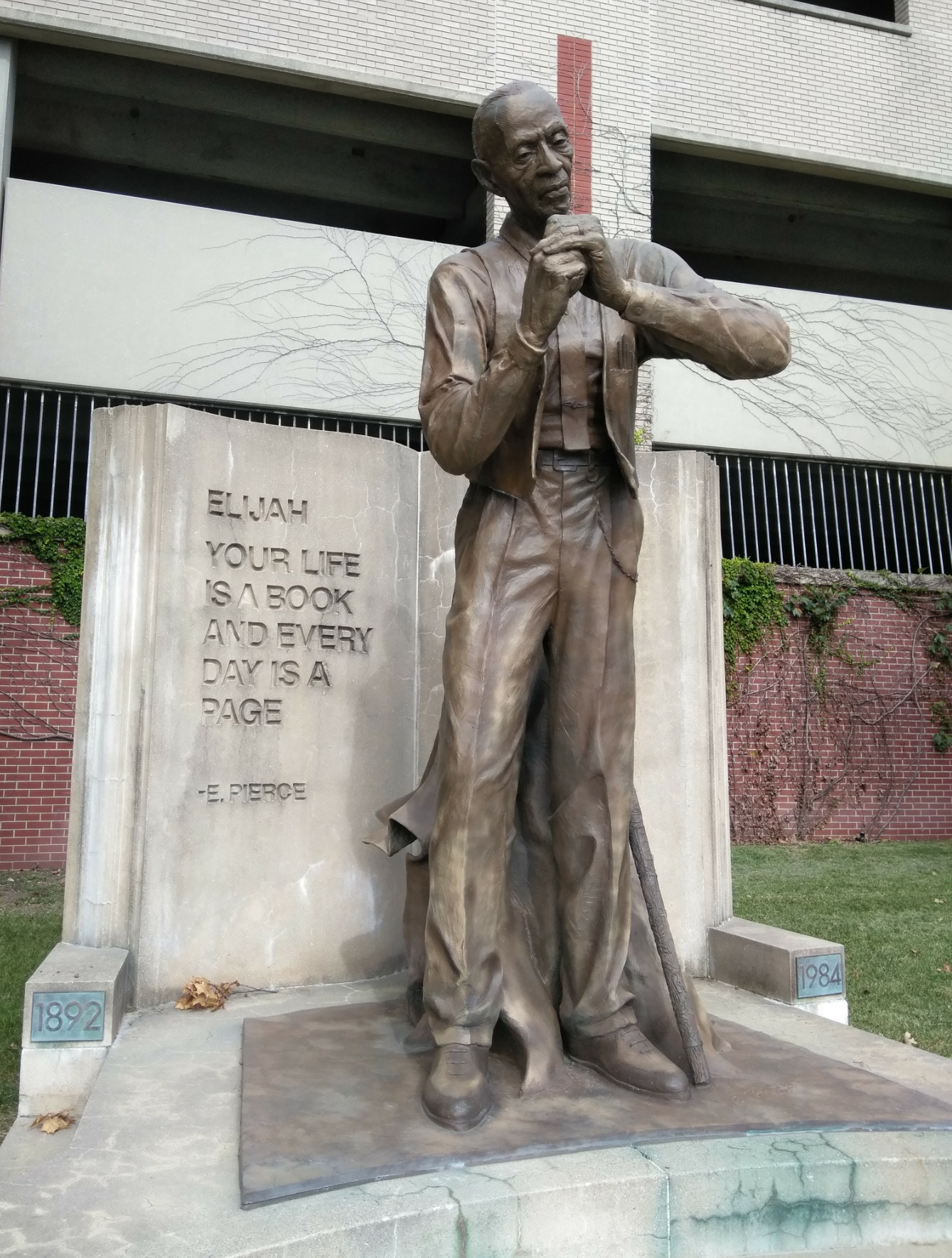
Elijah Pierce was a 20th-century wood carver. Pierce was the youngest in his family born from a former slave on a farm in Baldwyn. He began carving at a young age using a pocket knife. He first started carving animals because of his prior life of growing up on a farm. Pierce was honored with the National Heritage Fellowship for his art and influence in the woodcarving community in 1982.
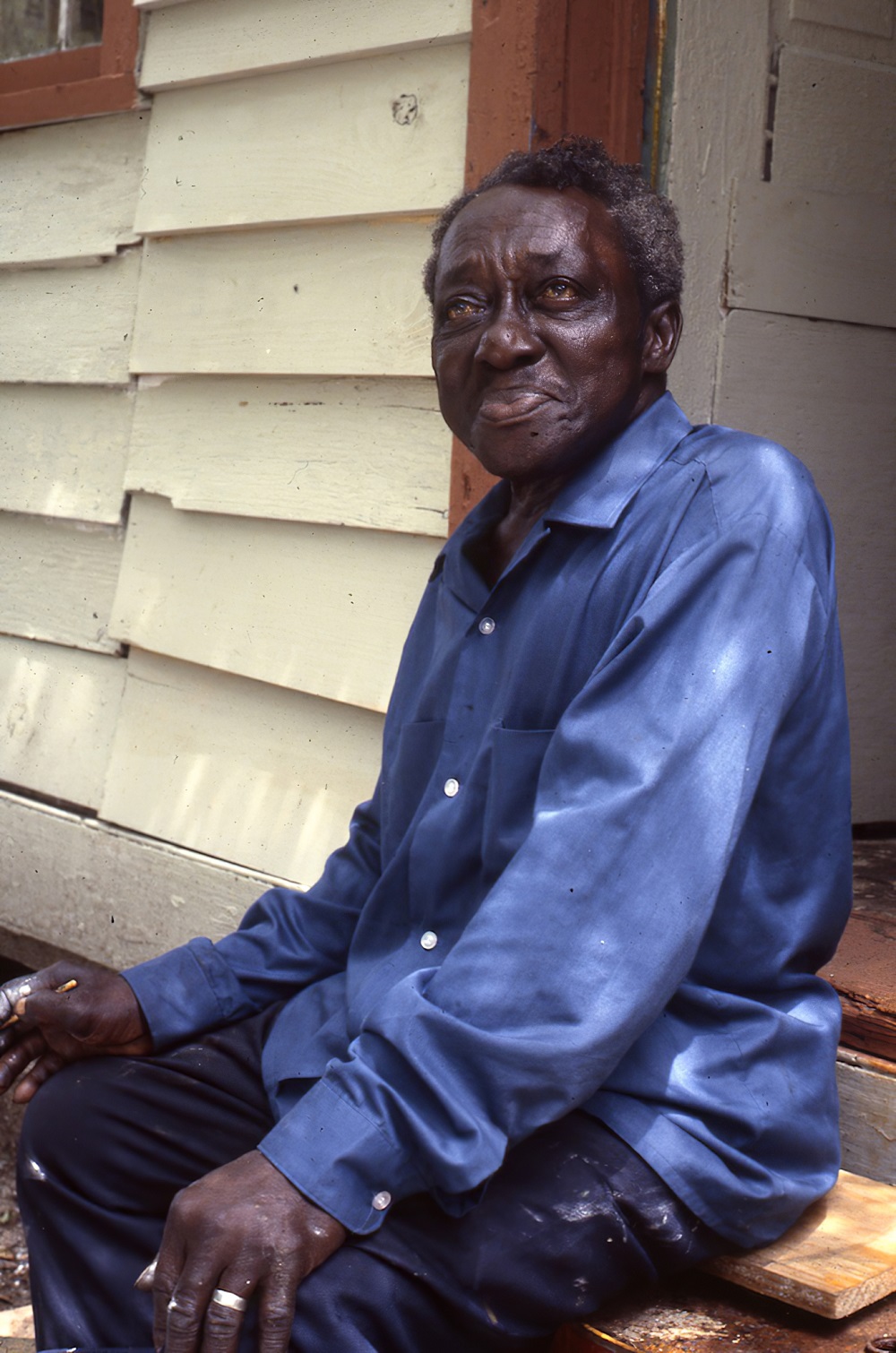
Thomas "Sam" Doyle was an African-American artist from Saint Helena Island, South Carolina. His colorful paintings on sheet metal and wood recorded the history and people of St. Helena’s Gullah community.
Doyle's paintings and sculptures are held in the permanent collections of American Folk Art Museum, the High Museum of Art, the Smithsonian American Art Museum, the Gibbes Museum of Art and the Los Angeles County Museum of Art and Penn Center (Penn School on St. Helena Island).
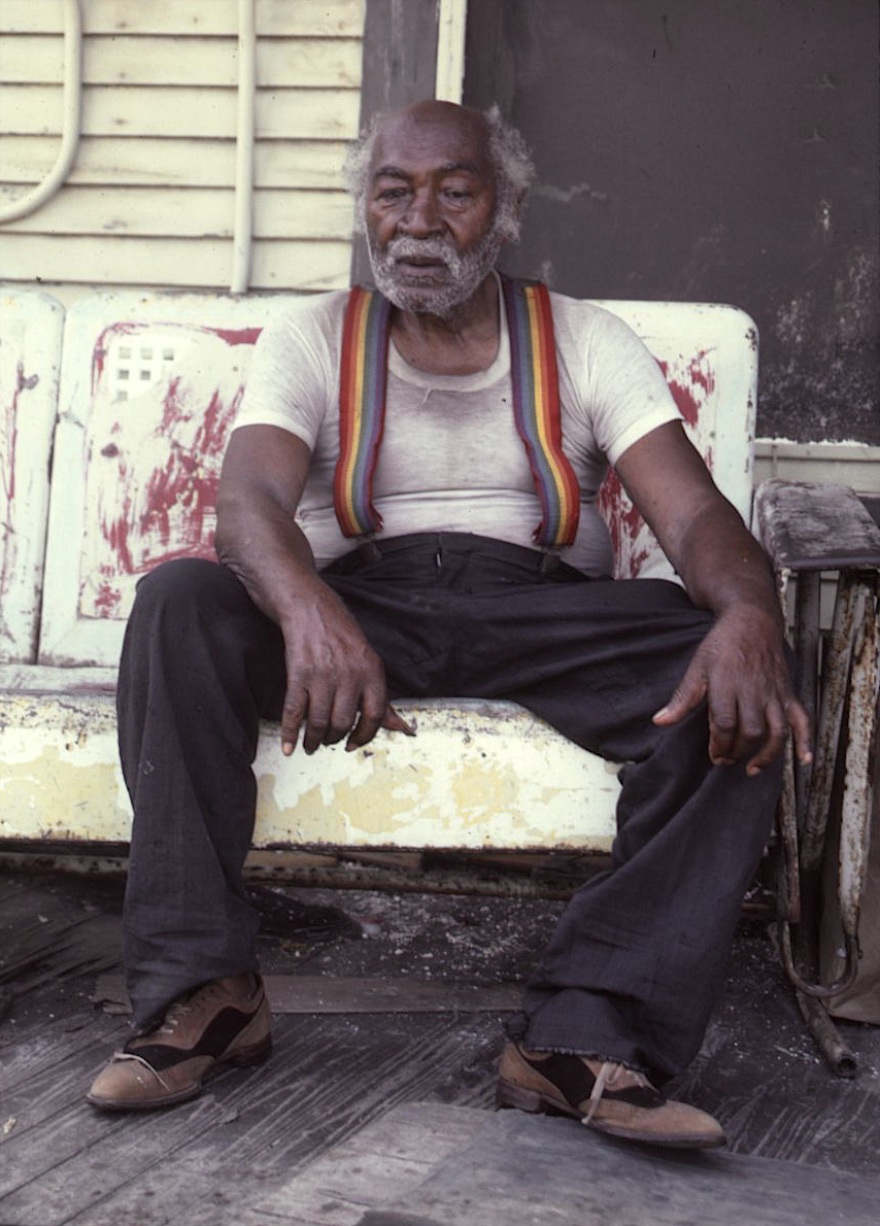
Henry Speller was an American artist and blues musician working in Memphis, Tennessee. His style of drawing and painting is characterized by ornate, colorful, intimidating figures which he likened to "characters from Dallas".
Speller is best known for his drawings of detailed houses, modes of transportation (trains, cars, riverboats, and planes), and adorned figures, particularly women. His figures are often white women with angular faces, round breasts made of concentric circles, and exposed genitals with common southern white names, like "Katie Mae" and "Lisa Jean". Through these characters, Speller creates a metaphor for mobility and freedom in the Jim Crow South, which white women, and even some black women, can attain, but are inaccessible to him.

Anna Zemánková was a Czech painter. She was one of the world's most important artists of art brut. However, her high artistic culture, the diversity of her work, and her clear inner vision make her a departure from the original definition of art brut, and she figures in this category as a solitaire. Eighteen of Zemánková’s works were included in the seminal 2013 Venice Biennale. Her works were exhibited in New York, Paris, and on solo exhibitions in Lausanne and Prague. She is represented in the world's most important art brut collections and auctioned at Christie's.
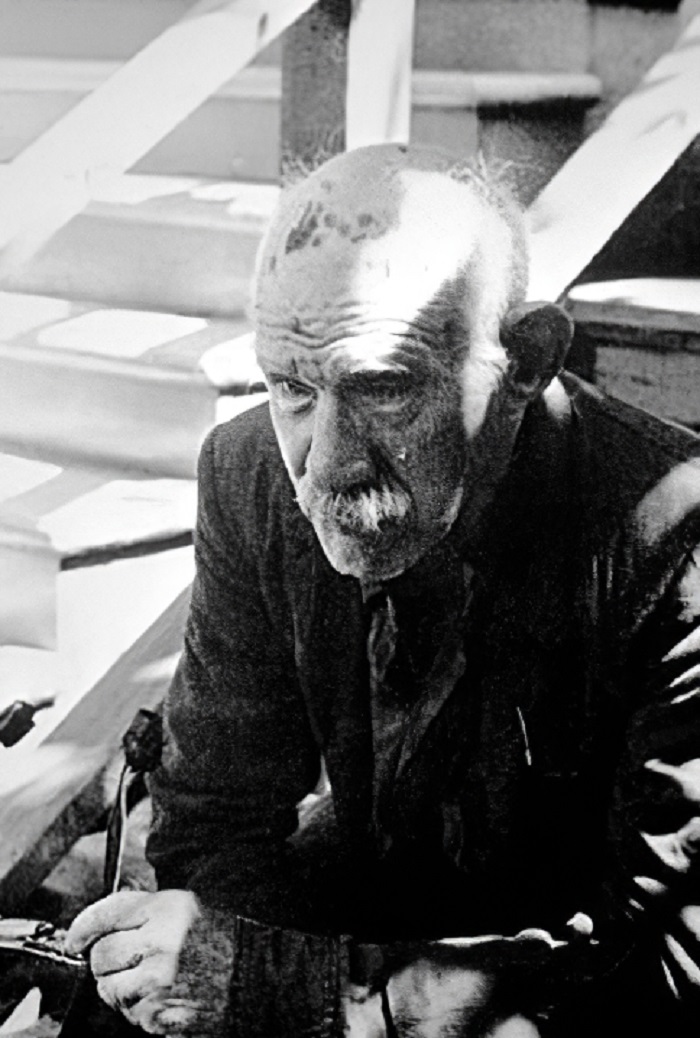
Henry Joseph Darger was an American writer, novelist and artist who worked as a hospital custodian in Chicago, Illinois. He has become famous for his posthumously discovered 15.145-page fantasy novel manuscript called The Story of the Vivian Girls, in What Is Known as the Realms of the Unreal, of the Glandeco-Angelinian War Storm, Caused by the Child Slave Rebellion, along with several hundred drawings and watercolor illustrations for the story.
The visual subject matter of his work ranges from idyllic scenes in Edwardian interiors and tranquil flowered landscapes populated by children and fantastic creatures, to scenes of horrific terror and carnage depicting young children being tortured and massacred. Much of his artwork is mixed media with collage elements. Darger's artwork has become one of the most celebrated examples of outsider art.

John Bunion (J. B.) Murray was an abstract expressionist painter from Glascock County, GA. His work has been shown among folk art exhibitions and is included at the American Folk Art Museum and the Smithsonian American Art Museum, and has been featured in many museum exhibitions, including "Self-Taught Genius" at AFAM and "When the Stars Begin to Fall" at the Studio Museum. His work is best known for its codified use of colors and improvised script, called "spirit script," which could only be translated by the artist.

Elijah Pierce was a 20th-century wood carver. Pierce was the youngest in his family born from a former slave on a farm in Baldwyn. He began carving at a young age using a pocket knife. He first started carving animals because of his prior life of growing up on a farm. Pierce was honored with the National Heritage Fellowship for his art and influence in the woodcarving community in 1982.

Minnie Eva Evans was an African American artist who worked in the United States from the 1940s to the 1980s. Evans used different types of media in her work such as oils and graphite, but started with using wax and crayon. She was inspired to start drawing due to visions and dreams that she had all throughout her life, starting when she was a young girl. She is known as a southern folk artist and outsider artist as well as a surrealist and visionary artist.

Nellie Mae Rowe was an African-American artist from Fayette County, Georgia. Although she is best known today for her colorful works on paper, Rowe worked across mediums, creating drawings, collages, altered photographs, hand-sewn dolls, home installations and sculptural environments. She was said to have an "instinctive understanding of the relation between color and form." Her work focuses on race, gender, domesticity, African-American folklore, and spiritual traditions.

Anna Zemánková was a Czech painter. She was one of the world's most important artists of art brut. However, her high artistic culture, the diversity of her work, and her clear inner vision make her a departure from the original definition of art brut, and she figures in this category as a solitaire. Eighteen of Zemánková’s works were included in the seminal 2013 Venice Biennale. Her works were exhibited in New York, Paris, and on solo exhibitions in Lausanne and Prague. She is represented in the world's most important art brut collections and auctioned at Christie's.
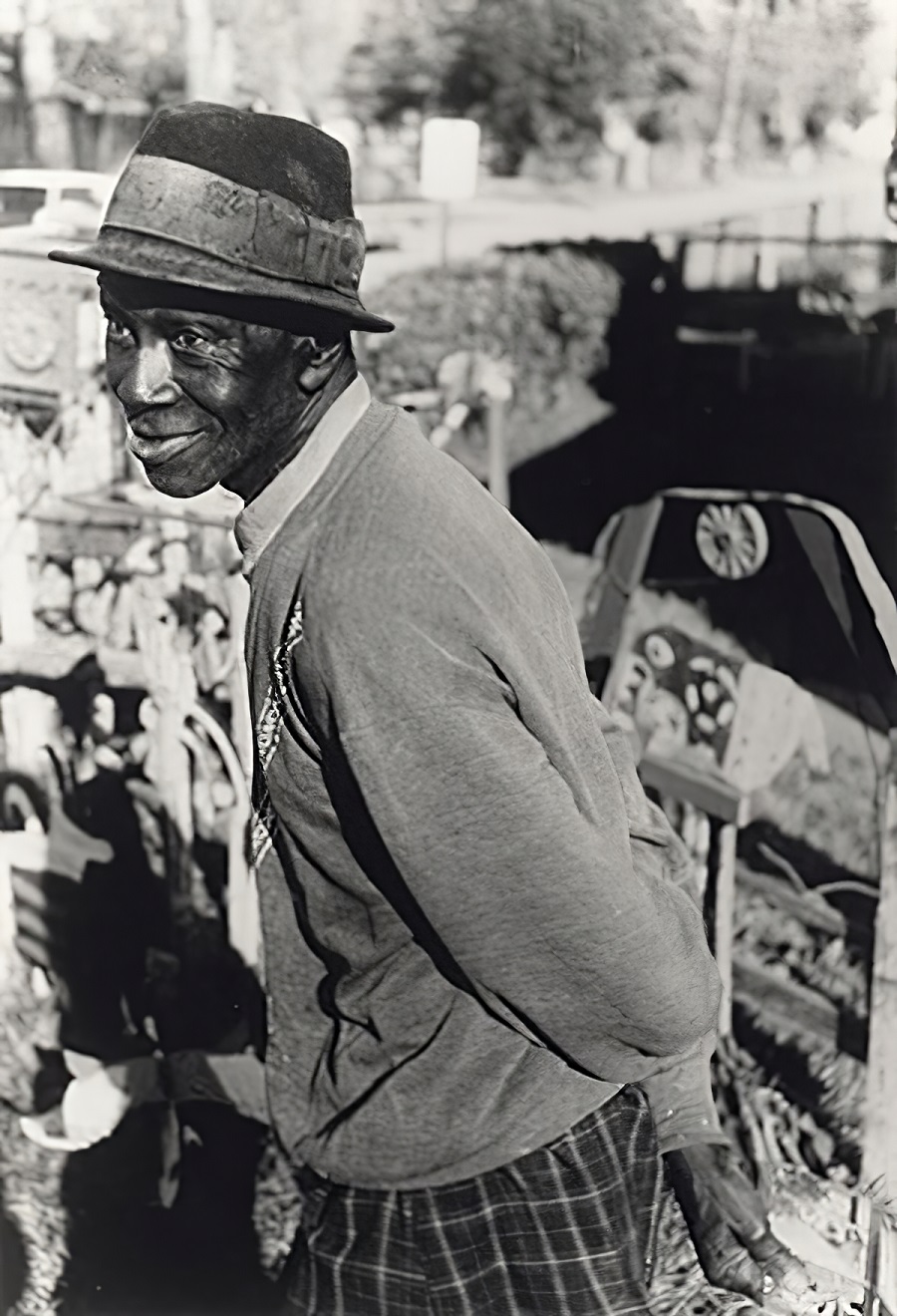
David Butler was an African American sculptor and painter from Good Hope, Louisiana. His style is epitomized by kinetic sculptures made from recycled tin or wood, which he embellished with saturated colors and geometric patterns. His work is now in the permanent collections of the Smithsonian American Art Museum, the American Folk Art Museum, and the Philadelphia Museum of Art.

Thomas "Sam" Doyle was an African-American artist from Saint Helena Island, South Carolina. His colorful paintings on sheet metal and wood recorded the history and people of St. Helena’s Gullah community.
Doyle's paintings and sculptures are held in the permanent collections of American Folk Art Museum, the High Museum of Art, the Smithsonian American Art Museum, the Gibbes Museum of Art and the Los Angeles County Museum of Art and Penn Center (Penn School on St. Helena Island).

Nellie Mae Rowe was an African-American artist from Fayette County, Georgia. Although she is best known today for her colorful works on paper, Rowe worked across mediums, creating drawings, collages, altered photographs, hand-sewn dolls, home installations and sculptural environments. She was said to have an "instinctive understanding of the relation between color and form." Her work focuses on race, gender, domesticity, African-American folklore, and spiritual traditions.

Henry Joseph Darger was an American writer, novelist and artist who worked as a hospital custodian in Chicago, Illinois. He has become famous for his posthumously discovered 15.145-page fantasy novel manuscript called The Story of the Vivian Girls, in What Is Known as the Realms of the Unreal, of the Glandeco-Angelinian War Storm, Caused by the Child Slave Rebellion, along with several hundred drawings and watercolor illustrations for the story.
The visual subject matter of his work ranges from idyllic scenes in Edwardian interiors and tranquil flowered landscapes populated by children and fantastic creatures, to scenes of horrific terror and carnage depicting young children being tortured and massacred. Much of his artwork is mixed media with collage elements. Darger's artwork has become one of the most celebrated examples of outsider art.
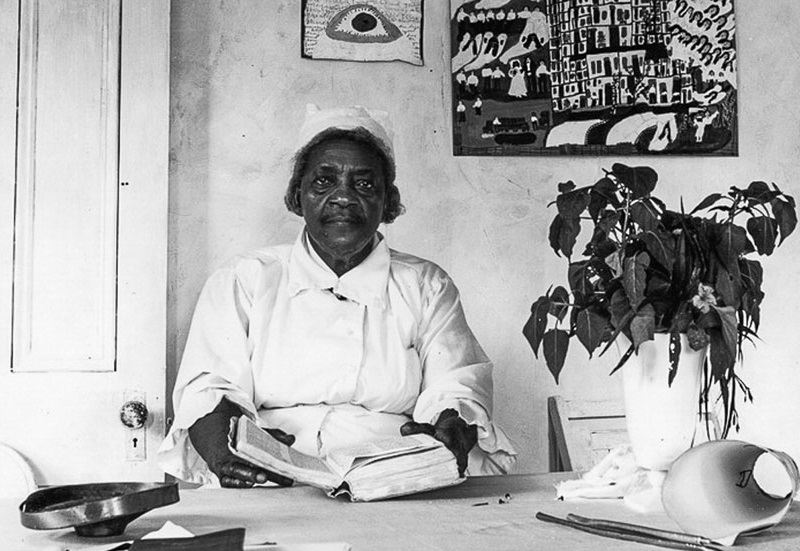
Sister Gertrude Morgan was a self-taught African-American artist, musician, poet and preacher. Sister Morgan achieved critical acclaim during her lifetime for her folk art paintings. Her work has been included in many groundbreaking exhibitions of visionary and folk art from the 1970s onwards.
Similar to other self-taught artists, Sister Morgan used simple forms to depict the human figure. Her works are characterized by their lack of the use of formal techniques such as perspective and definition of light and shadow, giving them a flat, two dimensional quality. She painted and drew using acrylics, tempera, ballpoint pen, watercolors, crayon, colored and lead pencils and felt tip markers. Using inexpensive materials she had at hand, Sister Morgan painted on paper, toilet rolls, plastic pitchers, paper megaphones, scrap wood, lampshades, paper fans and styrofoam trays. The fact that she was self-taught, coupled with her choice of materials as well as her style and subject matter have led her to be characterized as a naive, folk, visionary, vernacular and outsider artist.
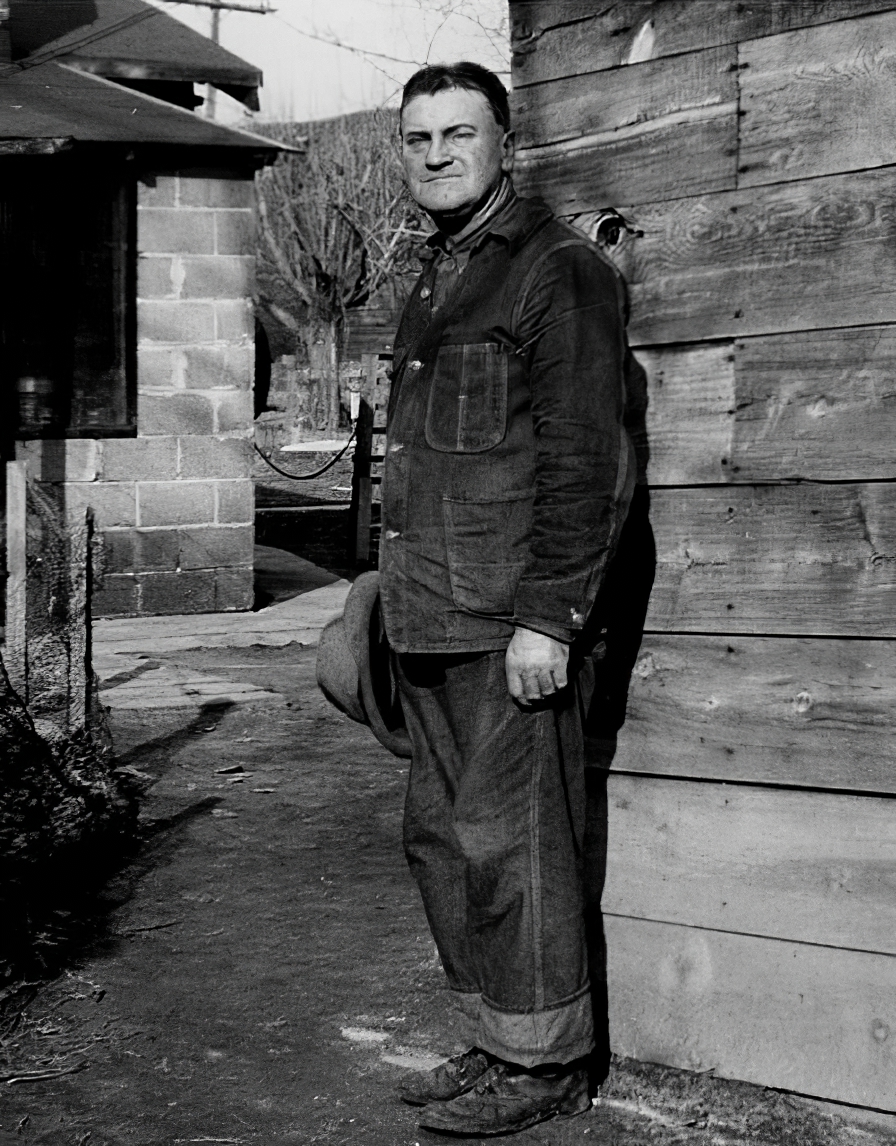
James Castle was an American artist born in Garden Valley, Idaho. Although Castle did not know about the art world outside of his small community, his work ran parallel to the development of 20th-century art history. His works have been collected by major institutions. The Philadelphia Museum of Art organized a retrospective of Castle's work which toured nationally in 2008-09. Castle's work entered the international arena with a major exhibition in Madrid, Spain at the Museo Nacional Centro de Arte Reina Sofía in 2011 and was included in the 2013 Venice Biennale exhibition The Encyclopedic Palace. In 2014 The Smithsonian American Art Museum featured their recent acquisition in the exhibition Untitled: The Art of James Castle and the Whitney Museum of American Art included their acquired collection of Castle's work in the 2017 exhibition Where We Are.

Anna Zemánková was a Czech painter. She was one of the world's most important artists of art brut. However, her high artistic culture, the diversity of her work, and her clear inner vision make her a departure from the original definition of art brut, and she figures in this category as a solitaire. Eighteen of Zemánková’s works were included in the seminal 2013 Venice Biennale. Her works were exhibited in New York, Paris, and on solo exhibitions in Lausanne and Prague. She is represented in the world's most important art brut collections and auctioned at Christie's.

Nellie Mae Rowe was an African-American artist from Fayette County, Georgia. Although she is best known today for her colorful works on paper, Rowe worked across mediums, creating drawings, collages, altered photographs, hand-sewn dolls, home installations and sculptural environments. She was said to have an "instinctive understanding of the relation between color and form." Her work focuses on race, gender, domesticity, African-American folklore, and spiritual traditions.

Sister Gertrude Morgan was a self-taught African-American artist, musician, poet and preacher. Sister Morgan achieved critical acclaim during her lifetime for her folk art paintings. Her work has been included in many groundbreaking exhibitions of visionary and folk art from the 1970s onwards.
Similar to other self-taught artists, Sister Morgan used simple forms to depict the human figure. Her works are characterized by their lack of the use of formal techniques such as perspective and definition of light and shadow, giving them a flat, two dimensional quality. She painted and drew using acrylics, tempera, ballpoint pen, watercolors, crayon, colored and lead pencils and felt tip markers. Using inexpensive materials she had at hand, Sister Morgan painted on paper, toilet rolls, plastic pitchers, paper megaphones, scrap wood, lampshades, paper fans and styrofoam trays. The fact that she was self-taught, coupled with her choice of materials as well as her style and subject matter have led her to be characterized as a naive, folk, visionary, vernacular and outsider artist.




